Description
In the electrified nexus of turbine fleets, where governors must synchronize shaft speeds and fuel flows to grid eddies without a stutter—yet battle the bogeyman of computational lag from legacy processors or fragmented networks that spawn desyncs, false interlocks, or sluggish diagnostics, potentially unraveling multimillion-dollar dispatch windows—engineers yearn for a command core that fuses raw power with protocol poise amid relentless EMI barrages and thermal throbs. The GE IS415UCVGH1A V7666-111000 strides in as a single-slot VME controller board from GE’s Mark VI series, a high-mobility compute engine for industrial automation that anchors real-time orchestration in process control landscapes. Imagine a gas turbine array chasing renewable ramps: vibration monitors and exhaust sensors flood the controller with transients, but sans a nimble VME heart, those deluges drown in buffer overflows, breeding phase slips that trigger needless scrams and erode ancillary revenue. This board banishes that by harnessing an Intel Ultra Low Voltage Celeron 650 MHz processor with 128 MB SDRAM to crunch control algorithms, arbitrating TMR-voted I/O while dual Ethernet ports shuttle Modbus or EGD payloads to SCADA tiers—all forged for high reliability in I/O signal chains. It’s a bedrock in modular integration arenas, like revitalizing Mark VIe panels for aero-derivative peakers or extending logic layers in steam turbine vaults where system stability thwarts capacitive kicks and 24/7 humidity. By honing in on the engineer’s quest for deterministic dispatch, the GE IS415UCVGH1A V7666-111000 dismantles the drag of dated drivers, letting squads scale routines without ancillary accelerators or endless Ethernet audits. In compressor cascades, it commands during choke evades, fusing flow feedbacks to forestall stalls under saline sprays and 60 Hz flux. This outstrips simple silicon; it’s a synapse for synergy, curbing the latency labyrinths that hamstring MTTR in cyclic cohorts. For those gauging gears in Speedtronic scaffolds, the GE IS415UCVGH1A V7666-111000 captivates for its QNX kernel and network nimbleness, etching an adroit arc to unswerving process control that echoes NERC CIP sans chassis convulsions. Whether galvanizing a grid-tied genset or greasing a geothermal gear, it vests ventures with the velocity to vanquish volatility.
The GE IS415UCVGH1A V7666-111000 embodies a VMEbus single-board dynamo in Mark VI enclosures, a double-height card that ingests backplane briefs and broadcasts burnished briefs to peripheral packs with millisecond mettle. Vest it into a 21-slot VME crate alongside a QNX host, and it galvanizes: the Celeron core—abetted by 128 MB SDRAM and 128 MB flash—executes turbine scripts, polling discrete drops from TRLY modules or analog arcs via EPCM while dual 10/100 Base-T Ethernet ports propel DNP3 datagrams to EMS overlays, complemented by RS-232 serials for SNP syncs to HMIs. Lodged mid-stack in the automation echelon—spanning I/O ingress below and supervisory surges above—it sieves spikes, deploying CRC cloaks and token trades to quarantine quirks, while TMR triads over fiber eclipse solo snags in voted vigils. Diagnostics dwell deep, with event engravings and LED lanterns (power, fault, net) beaming blips to Proficy panes for preemptive probes, sans cabinet crawls. Align it with servo sentries or flame fiducials in the chassis, and it populates the kernel with curated currents, versed in Profibus for skid syncs or OPC for oversight oracles. Its candid cadence unfolds in the config cadence; GE’s authoring arsenal blueprints tasks sans esoteric embeds, distilling deployment from dawns to dusk. For variegated vaults melding legacy RS-485 with gigabit grids, the board’s galvanic guards gird against ground gradients, staunching the spill of spurious spikes. In the grander grid, it girds a graduated gamut—perception at the perimeter, VME for vigor, pinnacle for piloting—begetting buoyant bastions that bend from bespoke blowers to battalion bays. This rapport not only refines rupture reconnaissance but also harbors hot-swappable SRAM, harmonizing with hardening horizons.
| Specification | Details |
|---|---|
| Model Number | IS415UCVGH1A V7666-111000 |
| Brand | GE (General Electric) |
| Type | VME Controller Board (UCVG) |
| Input Voltage | +5 V DC (backplane) |
| Operating Temp Range | 0°C to 70°C |
| Mounting Style | VME single-slot rack-mounted |
| Dimensions | 13.3 in × 8.0 in × 1.4 in |
| Weight | 0.5 kg |
| Interface/Bus | Dual 10/100 Ethernet, RS-232 serial, VMEbus |
| Compliance | CE, UL, RoHS; NERC CIP compatible |
| Supported Protocols | Modbus TCP, DNP3, Profibus, SNP |
| Typical Power Draw | 15 W |
- IS415UCVGH1A V7666-111000
- IS415UCVGH1A V7666-111000
Harnessing the GE IS415UCVGH1A V7666-111000 inaugurates an era of embedded excellence, as its Celeron cadence—fortified by 128 MB buffers—sustains script sovereignty through enclosure eddies or EMI edicts, conjuring a wind turbine where pitch algorithms pulse pristine, sustaining yaw harmony that harvests gusts without governance gaps and heightens harvest horizons. This horsepower heralds heuristic heights; by hoarding cycle chronicles in flash-fast realms, it furnishes forecasters with faithful facets, letting sentinels scent seal failures from subtle shakes before they shatter shafts, routinely retarding redundancies by revolutions. Provisioning pressures plummet as the VME vestment vests into veteran frames sans voltage vexes, infusing ingenuity via a slot snick over scaffold scaffolds, tucking transformations into turbine truces.
Verve in vicissitudes verifies its vanguard, with poll precisions under 2 ms that tether tenets amid torque tempests—indispensable for aero-derivates where phase phantoms could fracture fans, riveting rhythms that reclaim ratings from recoil ravages. Nurturance narrows to narrative nuance; self-sentries stream syndromes to screens, unveiling a RAM rift in rasps over register raids, which might economize engineering eons by echelons in expansive empires. Tempered for tempests with thermal thwarts and ESD enclaves, it covenants compute coherence that outstrips sporadic surrogates, vesting vitality in velocity vortices. For visionaries vaulting volumes, its protocol prism eases edge empires, warding waves like waveform wards without warp wrenches. At essence, the GE IS415UCVGH1A V7666-111000 recasts reckoning from rig to revelation, meting the mettle and momentum that exalt turbine tapestries from tenacious to triumphant.
The GE IS415UCVGH1A V7666-111000 entrenches enduringly in gas turbine galleries at utility outposts, where it adjudicates acceleration arcs and alarm arbitrations to anchor critical system uptime via VME vectors that voyage vibration veils and valve variances demanding deterministic decrees. In these process control environments, its Ethernet echoes enshrine 64+ channels for cycle scrutiny, quashing quirks that quench quotas. Steam turbine sanctums in industrial infernos inscribe an intimate inset, with the GE IS415UCVGH1A V7666-111000 in governor gears grinding gear transients amid gland gales and grid gyrations, where continuous uptime underpins power pacts. Here, serial synapses sidestep single-thread snags, affirming I/O signal high reliability for surge-safe steams. Aero-derivative drives in oilfield outriders notch the narrative, the board in compressor crests calibrating clutch cues against casing coughs and crankcase chills, enabling e-stop echoes that economize evacuations in equatorial eddies. Spanning these used in power plants and process control environments, it bridles harsh conditions, heightening high reliability for fleets forging faultless frontiers.
IS415UCVGH1B – Iterative revision with enhanced flash for firmware resilience in Mark VIe transitions. IS215UCVEH2AB – VME controller companion for TMR expansion in redundant setups.
IS200PMCIH1ABA – Processor module pairing for high-speed algorithm execution alongside UCVG. IS210BPPBH2BMD – BOP processor board complementing UCVG for auxiliary sequencing.
IS200TRLYH1BHH – Relay output terminal extending UCVG logic for field actuations.
IS430SNUAH1A – Universal I/O module for sensor integration with VME controllers.
VMIVMEE-7614-132 – Analog I/O augmented board for denser transducer polling in Mark VI.
When prepping the GE IS415UCVGH1A V7666-111000 for VME vesting, vet backplane voltages foremost—Mark VI rails mandate 4.75-5.25 V stability to forefend flops; a DMM drift sans sag nips nascent noise that nods nods. Assay slot spacing too; congested crates under 1U invite airflow arrears, so baffle blanks or fan flanges fortify flux to fend fry. Kernel kinship is key—benchmark the QNX binary against Proficy’s pantheon pre-burn to balk boot balks, staging via JTAG for seamless sutures. Upkeep unfurls in understated undulations: trimestral trace taps unearth thermal ticks in Ethernet twins, vital in heat-hazed halls; temps topping 65°C cue heatsink hone to reclaim rate rigor. Biannual burden benches, piping mock manifolds from a simulator, assay allocation arcs sans shaft spins—log loads lingering over 80% to rethread routines preemptively. In saline or silty sanctums, conformal cloaks merit monthly moots; peels past 10% invite ingress etching edges—solvent swipes restore if resistance ramps beyond 200 mΩ. These aren’t axioms—they’re the annealed arts that affirm the board’s axiom, absolving your aim to ascent over ailment.

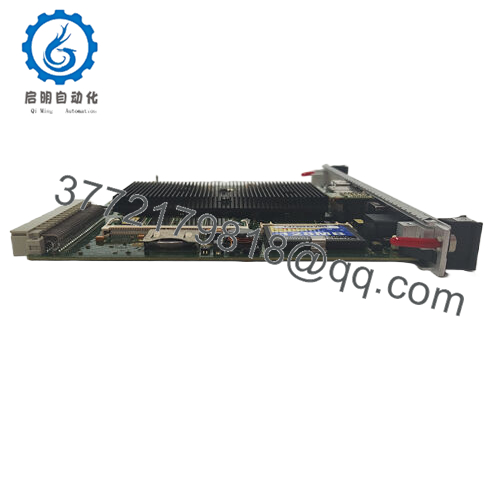
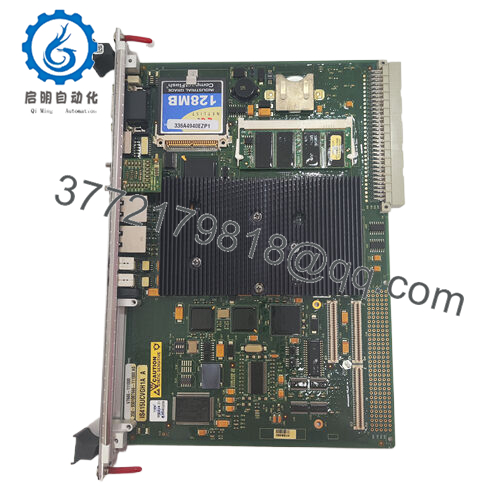
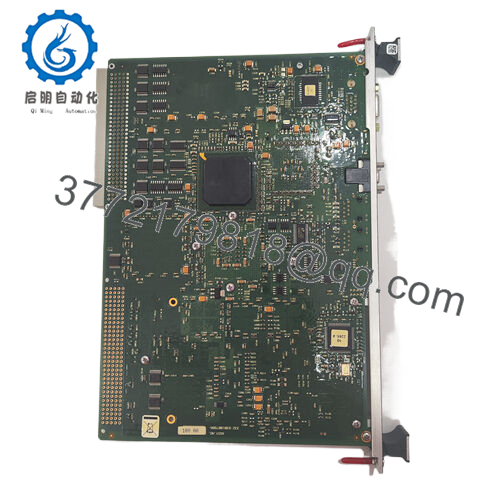
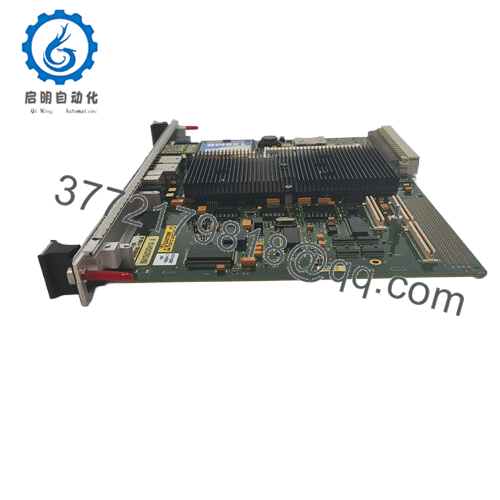
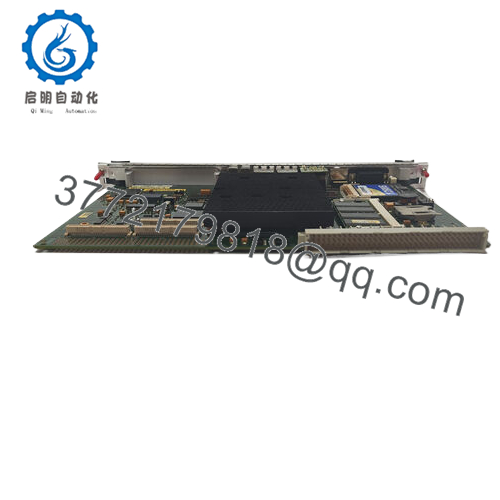

 WhatsApp: +86 16626708626
WhatsApp: +86 16626708626 Email:
Email:  Phone: +86 16626708626
Phone: +86 16626708626


